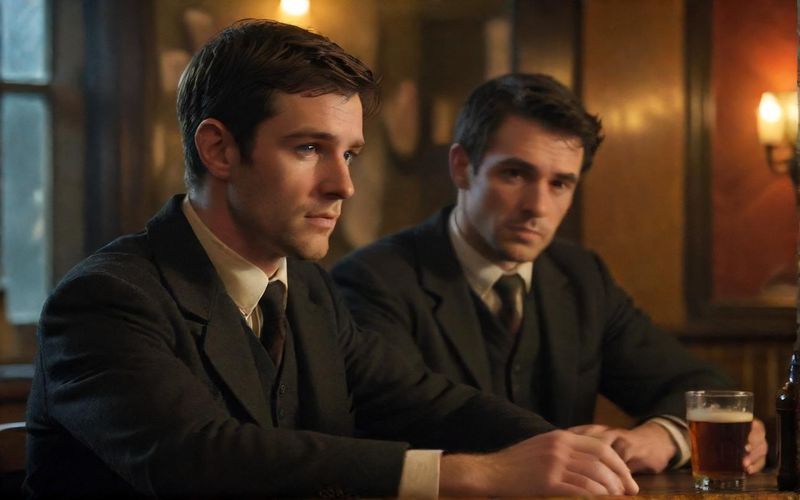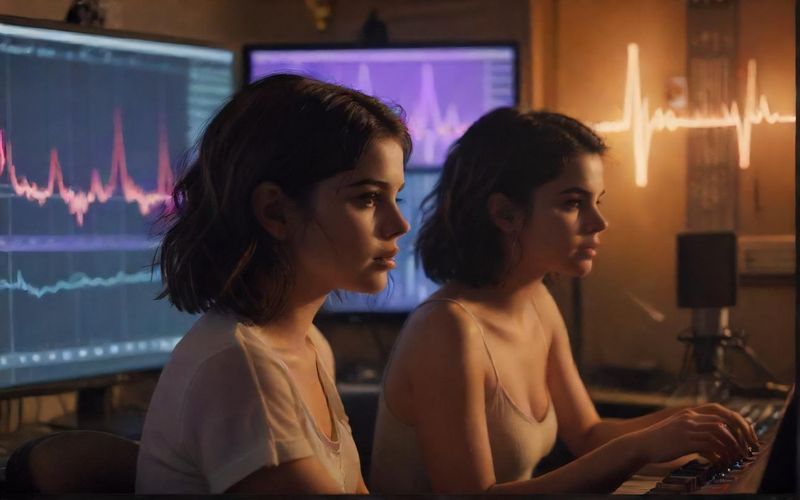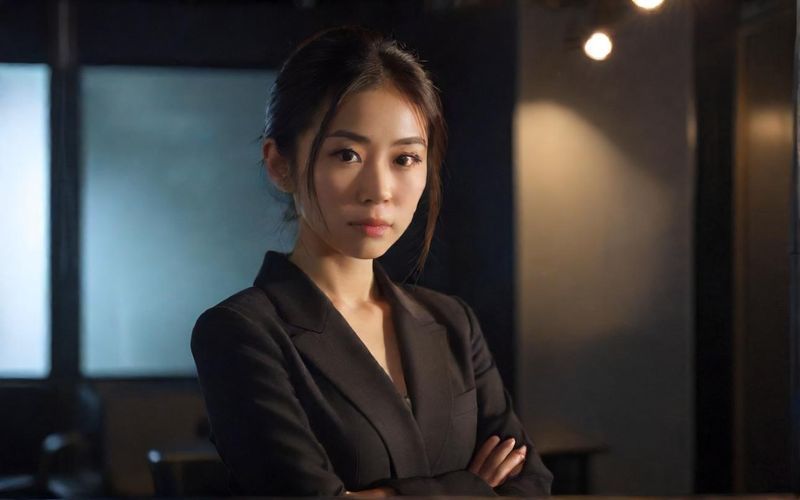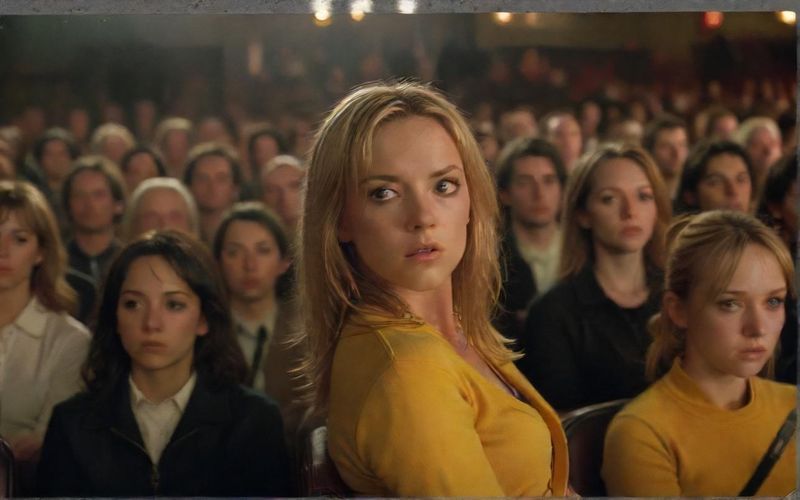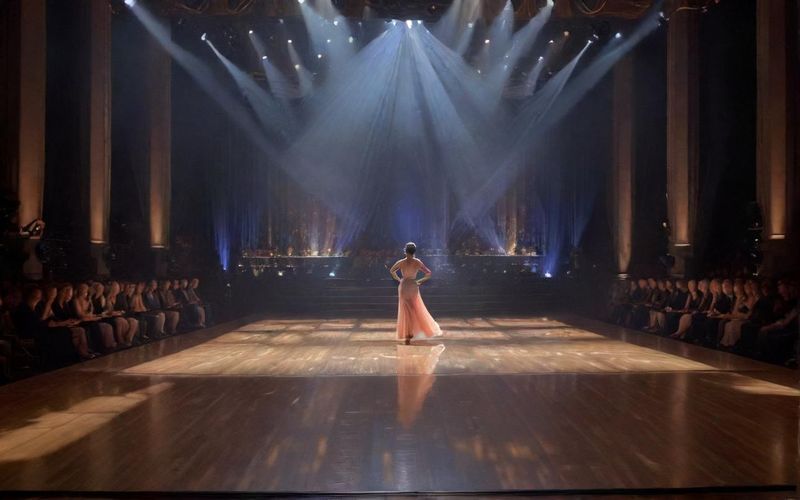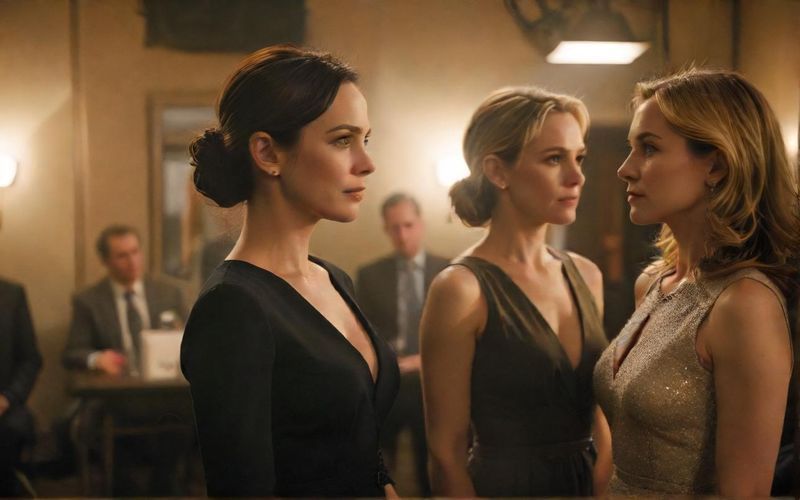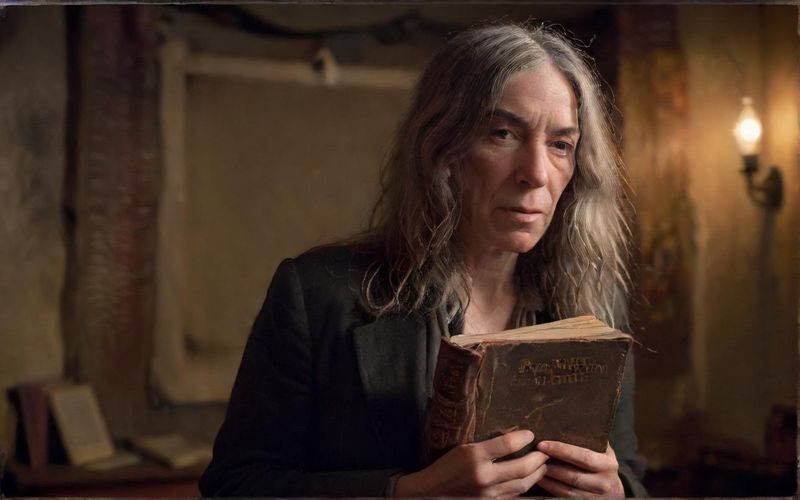Emma Stone in Lanthimos' Bugonia: Truth or Delusion?
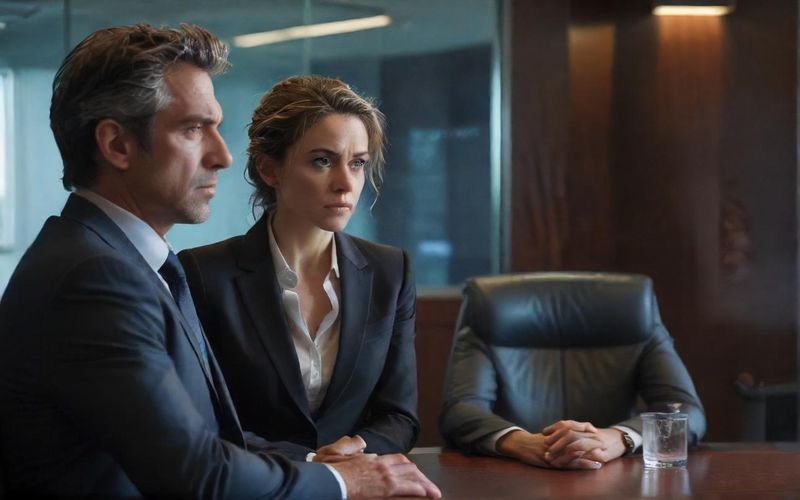
What struck me immediately about Bugonia, as detailed in the reports, is its almost instantaneous genesis. Director Yorgos Lanthimos, known for his meticulously crafted worlds, found himself handed a script that felt remarkably complete. He describes it as a "tremendous gift," a rare departure from his usual deep developmental process. And who was the first person he thought of to bring this unique story to life? Emma Stone, his trusted collaborator and muse. This immediate connection, this shared understanding that something special had landed in their laps, speaks volumes about their creative synergy. Stone herself echoes this sentiment, noting how refreshing it was to receive a script and feel an immediate urge to make it, contrasting with the years-long development of projects like The Favourite.
The film’s premise, as fascinating as it is unsettling, centers on a conspiracy theorist who kidnaps a powerful CEO, convinced she’s an alien orchestrating Earth’s downfall. This isn't just a quirky plot device; it taps into a deep well of human psychology. As one article points out, the line between delusion and reality can be remarkably thin. For centuries, before the popularization of alien narratives, people’s anxieties manifested as visions of devils or demons. With the advent of new technologies, from radio waves to the internet, the language of these persecutory beliefs simply evolved. The Roswell incident, that touchstone of UFO lore, cemented alien imagery in our collective consciousness, providing a ready-made vocabulary for fears of unseen control and external forces. Bugonia, by weaving these anxieties into its narrative, forces us to confront the persistent human need to make sense of chaos, even if that sense-making leads us down fantastical paths.
This is where the film transcends mere genre entertainment. It’s not just about aliens; it’s about the stories we tell ourselves to navigate a world that often feels beyond our comprehension. Jesse Plemons, who stars opposite Stone, highlights how the film avoids being preachy, leaving the interpretation of beliefs entirely to the viewer. This ambiguity, this willingness to sit in the discomfort of not knowing, feels particularly resonant today. In an era of information overload and polarized viewpoints, distinguishing fact from fiction can be an exhausting endeavor. Bugonia seems to acknowledge this struggle, presenting characters whose conviction, however misplaced, stems from a desperate attempt to impose order on perceived disorder.
The very act of remaking Save the Green Planet!, a film once labeled a "cursed masterpiece," also adds another layer of fascinating meta-commentary. It suggests a cultural readiness, perhaps even a yearning, to revisit and re-examine these themes. The decision to shoot Bugonia on VistaVision, a more cumbersome but visually rich format, further emphasizes the filmmakers’ commitment to crafting an immersive experience. It's about creating an aesthetic that mirrors the disorienting, yet strangely captivating, internal landscapes of the characters.
Bugonia’s title itself, derived from the Greek word for "ox birth," hints at the emergence of life or meaning from decay. This, coupled with the film's embrace of ambiguity, suggests that perhaps our most profound truths, or at least our most pressing questions, arise not from clear-cut answers but from the fertile ground of uncertainty. As we navigate our own complex realities, bombarded by narratives and suspecting unseen forces, the film’s enduring question lingers: When the world feels overwhelming, what do we choose to believe, and what does that belief reveal about ourselves?

